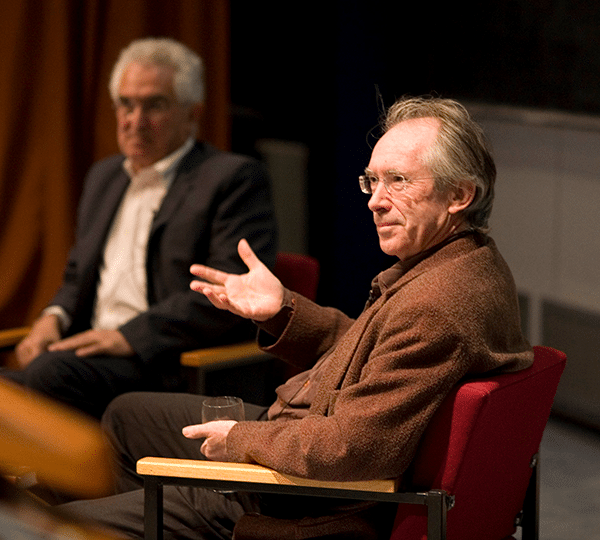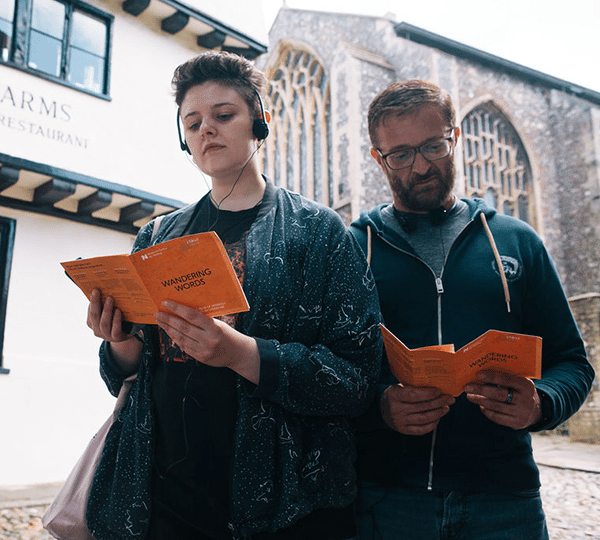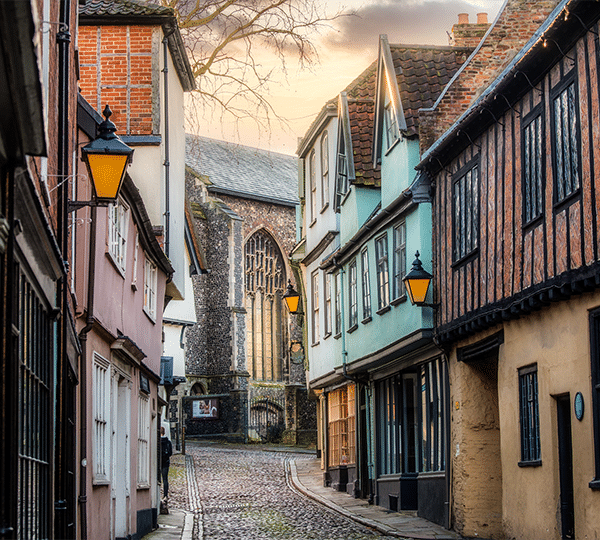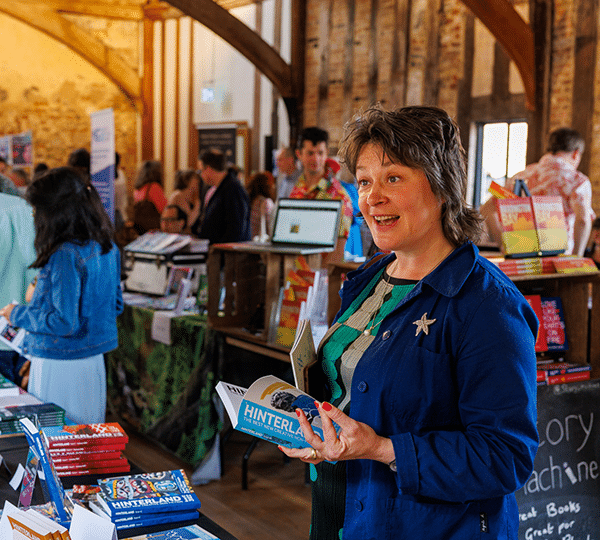Launched by UNESCO in 2004, the Creative Cities Network was established to promote cooperation among cities that place creativity and cultural industries at the heart of their development plans.
There are seven available designations awarded by UNESCO to cities in recognition of a commitment to one of the following creative areas: Crafts and Folk Art, Design, Film, Gastronomy, Literature, Media Arts and Music.
The Creative Cities network is global and far reaching – Dundee and Bangkok are cities of design, Trinidad for its crafts and folk art, Chengdu and Bergen are cities of gastronomy, and Belfast and Brazzaville are cities of music.
There are currently 295 cities in the network in total, 58 of which are in the UK. From expansive mountain ranges and stunning coastlines to vibrant cities and rural landscapes – these sites are destinations of world-class natural and cultural heritage. Click below to view a digital map of UNESCO across the UK.
In 2012, then Writers’ Centre Norwich (now National Centre for Writing) led the successful bid for Norwich to become England’s first UNESCO City of Literature, working in concert with a range of partners in the city to tell Norwich’s rich literary story. This bid was successful, and Norwich joined a prestigious network of literary cities worldwide.
Norwich is one of the five cities of literature in the United Kingdom, sitting alongside Edinburgh, Nottingham, Manchester and Exeter.
The UNESCO Cities of Literature network may be diverse in size, population and flavour, but they share a dedication to pursuing excellence in literature locally, and to working together to promote new national and international literary links.
You can read more about Norwich’s bid to become a UNESCO City of Literature by clicking the button below.

Cities of Literature Network
The UNESCO Cities of Literature network of 42 cities represents 6 continents and 28 countries, and a combined population of over 26 million.
The cities in the network promote their local creative community and pledge to champion UNESCO’s goal of fostering cultural diversity. All of the cities possess a strong cultural past, a diverse and vital contemporary cultural scene, and aspirations to ensure that culture is accessed both locally and globally.
Image: Barcelona City of Literature © Pep Herrero.

Discover other Cities of Literature
From the largest Lahore, to the smallest Óbidos, all cities of literature meet a number of criteria and evidence similar characteristics set by UNESCO to be approved as a City of Literature.
These include:
- Quality, quantity and diversity of publishing in the city
- Quality and quantity of educational programmes focusing on domestic or international literature at primary, secondary and tertiary levels
- Literature, drama and/or poetry playing an important role in the city
- Hosting literary events and festivals which promote domestic and international literature
- Existence of libraries, bookstores and public or arts and cultural centres which preserve, promote and share literature
- Involvement by the publishing sector in translating literary works from diverse national languages and international literature
- Active involvement of traditional and new media in promoting literature and strengthening the market for literary products.
Header image: Ljubljana UNESCO City of Literature © Nea Culpa
Discover more from Norwich UNESCO City of Literature













